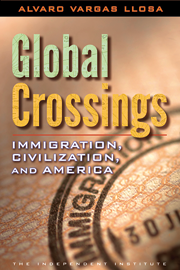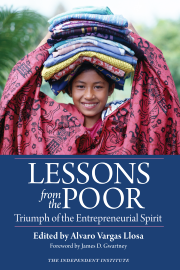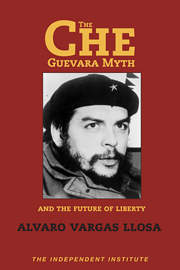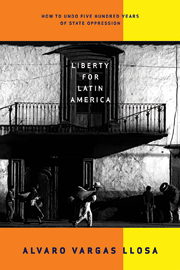As I traveled recently from city to city in Russia under the spell of the World Cup, I was haunted by a question: Are Vladimir Putin’s Russia, Xi Jinping’s China, Recep Tayyip Erdogan’s Turkey and Mohammed Bin Salman’s Saudi Arabia political models for others?
The four are “successful” in their own way. Although they speak ill of Putin in Russia’s big cities, they idolize him in the smaller ones and in the countryside, and the system has so far enabled him to maintain power and enlarge his global footprint. He is what he wanted to be—a czar. His personal popularity is double that of the Russian government: Prime Minister Dmitry Medvedev and company are blamed for whatever is wrong, never him. Perhaps that’s what President Donald Trump finds so attractive.
In China, Xi has inscribed his name, his doctrine and his personal brand in the constitution, something that nobody, except Chairman Mao, had tried before. What China has in common with Russia’s regime is the use of nationalism as a social agglutinant, and state and crony capitalism as generators of enough prosperity to prevent large cracks from opening up in the monolith of power.
In Turkey, Erdogan also has used nationalism (and, like Putin, the fight against terrorism or separatists broadly accused of terrorism) to build cohesion. In his case, another factor is Islam. Erdogan frequently uses the Muslim religion to justify attacks on some of his secularist opponents.
But he hasn’t—not yet—used it to wage war on the popular secularism with which Ataturk, modern Turkey’s founder, marked his country and which many Turks continue to embrace. Under Putin religion is a factor only to the extent that the Orthodox Church helps sustain the establishment; in Turkey, Erdogan has become the voice of Islam.
In Saudi Arabia, the driving force behind the new authoritarianism is modernization. It seems paradoxical that someone who, like Bin Salman, intends to modernize the country—including expanding the role of women and ending the economic dependence on oil—uses brutal methods to do so. But it’s not the first time in modern history. Ataturk similarly used strong-arm methods to modernize Turkey in the 1920s and 1930s.
What these regimes understand is something that the communists and extreme populists never did: that authoritarianism, accompanied by sufficient doses of private enterprise, make authoritarianism viable.
If the “Chavistas” in Venezuela had been a bit more Machiavellian, they would have crushed the opposition, including the once-vibrant free press, without nationalizing the economy and chasing away all foreign capital, thereby causing the economic and social inferno that now jeopardizes them.
Putin, Xi, Erdogan and Bin Salman would never let free-enterprise capitalism create independent poles of power, but they also would never eliminate private enterprise because it fuels their regimes.
This poses a challenge to those of us who support free societies.
Authoritarian Fatal Attraction
With many liberal democracies experiencing leadership crises, confused about their beliefs, identities and roles in the world, and less invested in the values that made them what they are today, authoritarian models of governing attract many people. They seem to work. But do they?
The facts point elsewhere. The world’s liberal democracies, based on rule of law and market economies, have been far-more successful than the authoritarian regimes.
Authoritarianism does not constitute a “model” because it does not rest on a set of values. It rests on a set of malignant practices whose aim is to maintain power in the hands of an anointed few.
The World Cup, I must say, was very well organized by its Russian hosts—because if there’s one thing authoritarians do well it’s organize the lives of others. But organization and freedom are not the same.
If authoritarianism is a model it’s a flawed one. Those now under its spell need to understand the price they pay.













